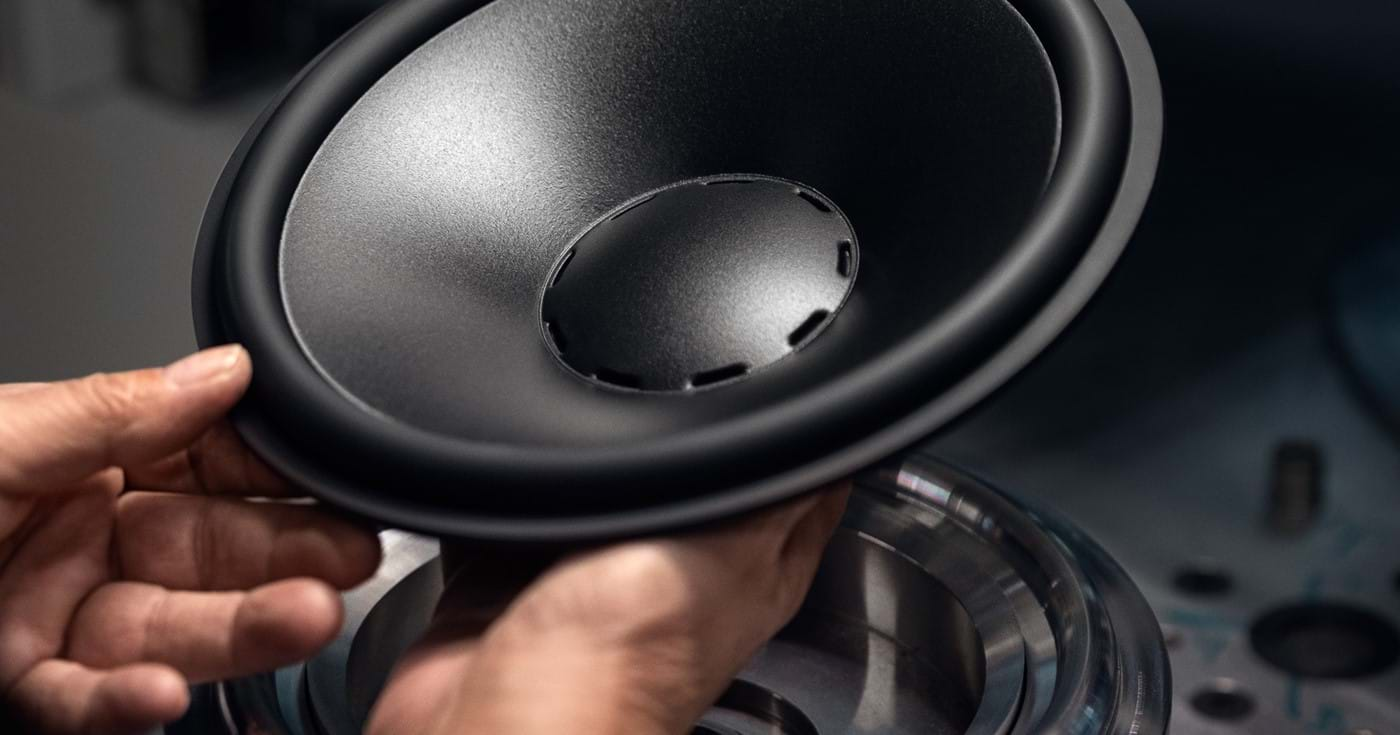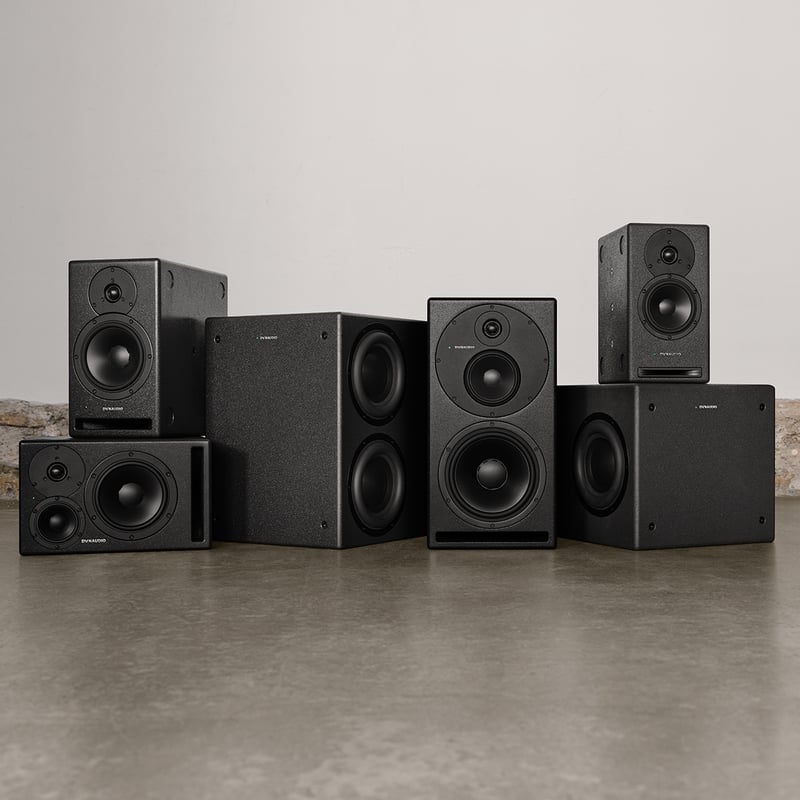How to clean speaker cones
Here’s our Customer Care Manager, Otto Jørgensen, on the best way to clean your loudspeaker units…
“You can safely use a dry microfibre cloth,” he says. “If it’s more than just dust, you can use a damp cloth that you’ve wrung out really well to remove the more persistent dirt and then wipe it down with a dry cloth to finish.”
Historically, speaker surrounds have been prone to degradation as they were made from foam – something there really wasn’t a fix for other than to leave them alone.

In all my time at Dynaudio, I have never seen a midrange or bass unit that has been pushed in by accident. Of course, it could happen, but it would require a fair amount of force.
Otto Jørgensen, Customer Care Manager
Nowadays, surrounds are usually made from rubber – and that’s a good thing. Rubber surrounds are resilient and flexible which contributes to a longer life expectancy. But you should still avoid exposing them to direct sunlight. Otto suggests using Sonax and other kinds of rubber care products to keep them in top condition; they can extend life expectancy and counteract the discolouration sunlight can cause.
It’s also unlikely that you’ll see a pushed-in bass unit anytime soon. “In all my time at Dynaudio, I have never seen a midrange or bass unit that has been pushed in by accident,” Otto says. “Of course, it could happen, but it would require a fair amount of force.
“And, if it were to happen with one of my units, I would replace them on the spot. Even if you could get them popped out again, they would look awful – and because of the force it requires, it would most likely have caused audible damage.”
When the Damage Has Been Done
What should you do if a loudspeaker driver is broken? First, don’t panic. Second, resist the urge to get out your toolbox and start fiddling with screwdrivers. Third, bring them to your local dealer and have them remove the affected units.
From there, your dealer will know how to get you the proper replacement units for your speakers. In some cases, you’ll be advised to change them in pairs. This is especially true for tweeters, and units in older speakers.
“Tweeters change over time, so there’s no guarantee that a new tweeter will match one that’s eight years old. That’s why we recommend that you replace them in pairs,” says Otto.
“In some of our series, we match the tweeters to complement each other with extreme precision. With these speakers, we actually require that you replace them in pairs to ensure the highest level of performance afterwards,” he adds.
When you get your loudspeaker units replaced, don’t consider anything other than one-to-one replacements of the same model.
“It’s never a good idea to replace a unit with something different,” Otto explains. “It will most likely have different specs that affect sound reproduction. You’ll also have to redo the entire tuning to ensure the units work as one cohesive loudspeaker.”
But you don’t have to wait until something breaks to change it. You can also change tweeters in an old pair of speakers to extend their life expectancy. “If your speakers are more than 10 years old, we actually recommend you replace your tweeters altogether,” Otto says.
Sign up to get more great articles
Nothing compares to the satisfaction of knowing – for a fact – that something is as good as it gets







